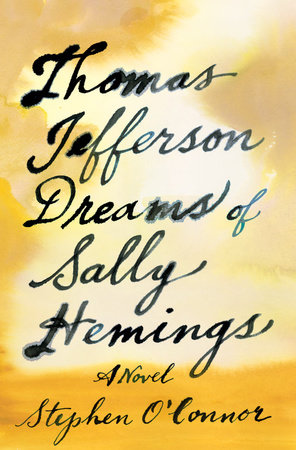Ties to Thomas Jefferson Unravel Family Mystery
The Root
2014-01-26
Gayle Jessup White
A woman seeks answers to decades-old questions about whether her family is related to the descendants of Thomas Jefferson.
ore than 40 years ago, I learned of my family’s ancestral ties to Thomas Jefferson. It was a blood connection impossible to prove, and one seldom discussed, as my father was ashamed of his mother’s out-of-wedlock birth. Still, he acknowledged that he’d heard from an older generation that Jefferson was his lineal ancestor. The tie was a mystery because the only black descendants we knew of were from Jefferson’s relationship with Sally Hemings, and we couldn’t find the link.
Dad also painfully confessed that his mother’s life was a mystery—she and his five older sisters died of tuberculosis in 1920 when he was 5 years old, leaving him and his older brother to be raised by a taciturn father and a cold stepmother. He remembered little about his mother, and seemed to know even less. He did offer these tidbits: She was born in Charlottesville, Va., home of Jefferson’s Monticello, and she sometimes called herself Eva Robinson, other times Eva Taylor. No one knew why.
Like most African Americans, oral history is my primary source for deep family roots. There are no birth certificates, marriage licenses or census records. Our great-great grandmothers, great-great grandfathers, aunts, uncles and cousins were items on manifests, bills of sale and plantation ledgers. Sometimes, our forefathers or their families owned our foremothers. This was apparently the case in my family. But I wasn’t to learn that for decades.
No, 40 years ago, I was accepting of what scant evidence I had, and for me, there was little doubt of my father’s Jefferson family bona fides. Dad was tall—6 feet 2 inches—freckle-faced and, in his youth, redheaded. He even had, I would learn years later, the Jefferson family nose, one that sloped gently. It was evident that there were whites in the woodpile, as folks used to say.
So when after years of collecting what little tangible proof was available, including a Bible engraved with the initials D.T. and the date 1821, which belonged to my grandmother and which I inherited from my uncle, and a baptismal certificate signed Eva Taylor Jessup, I was thrilled to find more circumstantial evidence. With the help of Thomas Jefferson scholar Lucia (Cinder) Stanton, I saw a 1900 census record listing my grandmother. She was a domestic servant living in the home of Jefferson’s great-granddaughter. I almost wept when I read Cinder’s words: “Could this Eva Robinson be your grandmother?” Cinder, who had built a highly regarded career studying Jefferson and his Monticello slaves and is the author of “Those Who Labor for My Happiness: Slavery at Thomas Jefferson’s Monticello,” seemed very confident.
It wasn’t long before she found my great-grandmother, one Rachael Robinson, in the 1870 census records, unmarried and with two children described as “mulattos.” Living as a bachelor and just one household away was Moncure Robinson Taylor, my probable great-grandfather and Jefferson’s great-great grandson, and the man who most likely fathered her children. Additionally, in 1901, my grandmother, Eva Robinson Taylor, left Charlottesville for Washington, D.C., where she was married. Around the same time, Moncure Robinson Taylor, then 40 years old, married for the first time. An interesting coincidence, or had Rachael, my great-grandmother, died, leaving Eva free to move to the city and Moncure free to marry? There’s no written evidence of that, no death certificate, but it’s possible. Cinder said the discoveries made her tingle. To say I felt the same would be an understatement.
So I‘ve learned my family is probably descended from the Taylor line, explaining why my grandmother sometimes used that surname. I started attending lectures about Jefferson, taking my friends to Monticello, Googling Thomas Jefferson and African-American descendants. It was the Googling that delivered. I read about Tess Taylor, a poet and a white Jefferson descendant. She’d written a book of poems, The Forage House, about her conflicting feelings of being descended from the country’s most enigmatic slave-holder. I sensed a connection, I reached out and she reached back. I would learn later that Tess’ great-great-grandfather was Moncure’s brother, and my great uncle. That would make Tess my third cousin, once removed…
Read the entire article here.

